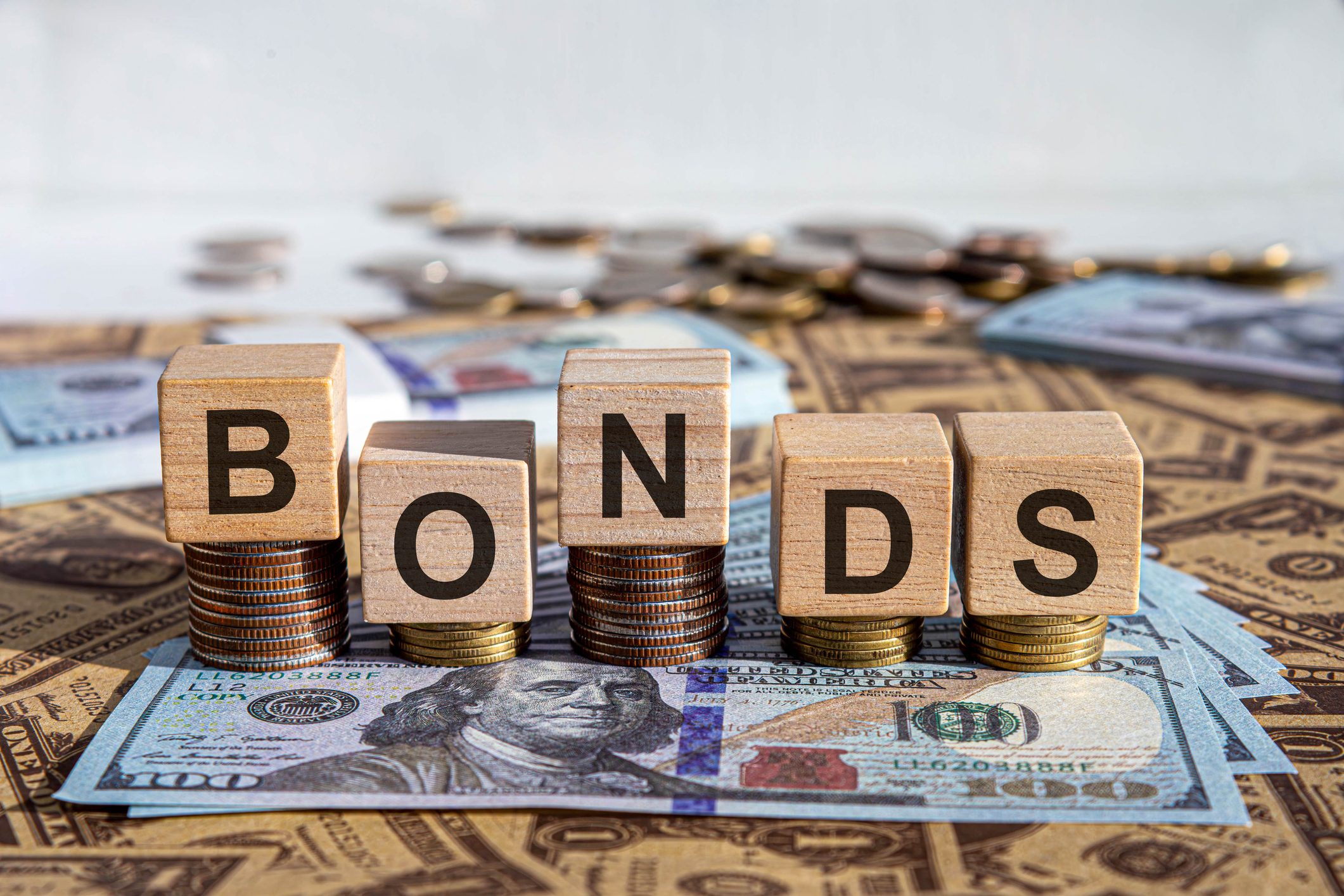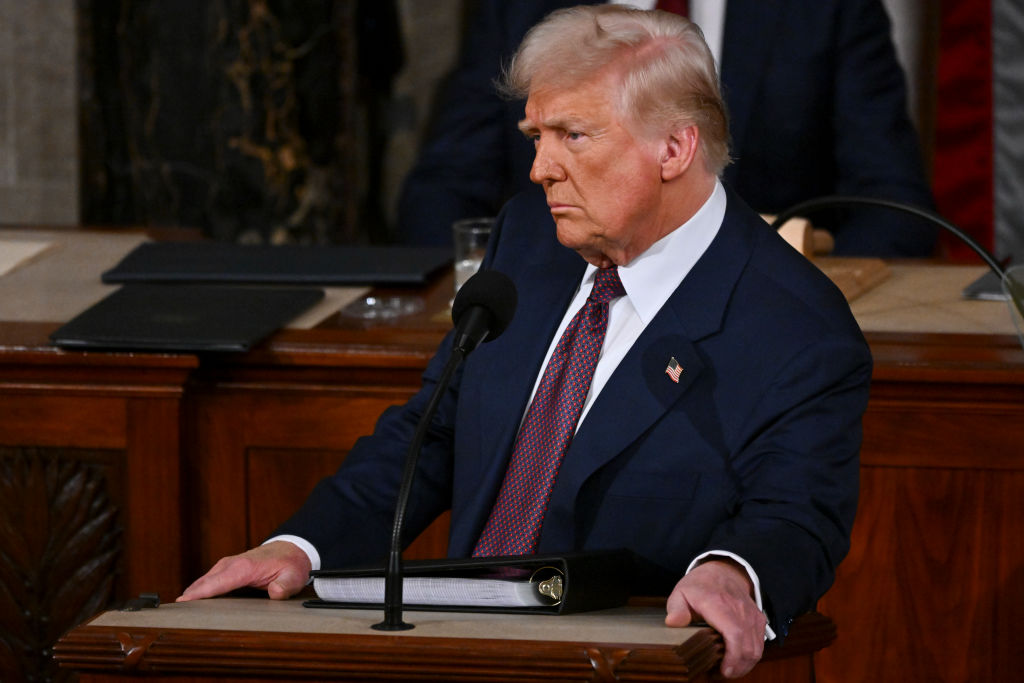A Preview of the Fed Under Trump
John Taylor, a former Treasury official in the Bush administration, is a top candidate to replace Fed chair Janet Yellen.

Donald Trump’s surprise victory may radically alter the future path of U.S. monetary policy. Yields on long-term Treasury bonds have jumped by more than one-half percentage point since the election. In addition, the markets are pricing in possibly two or three interest rate hikes by the Federal Reserve in 2017.
Although Trump was an early supporter of Fed chair Janet Yellen (likely because real estate developers love low interest rates), he turned critical in the latter stages of the campaign and adopt-ed the Republican line that the Fed’s low-rate policy had distorted financial markets. Trump suggested that Yellen, a Democrat, had kept rates low to help the campaign of Hillary Clinton.But President Trump will not have to suffer Yellen’s chairmanship for long. Her term ends by February 2018, and vice chairman Stanley Fischer’s term ends about four months later. Plus, two of the seven seats on the Board of Governors are now vacant, ready for Trump’s choices. Those choices are important because all seven Fed board members (along with a rotating group of five regional bank presidents) vote on the Federal Open Market Committee, which dictates the Fed’s interest rate policy (see Why Interest Rates Matter).
I believe that John Taylor, a Stanford professor and former undersecretary of the Treasury in the George W. Bush administration, is a leading candidate to take over the chairmanship from Janet Yellen. Taylor is the author of the so-called Taylor Rule, which specifies how the Fed should set short-term interest rate targets depending on the levels of inflation and unemployment. In recent years, the Taylor Rule has called for higher targets than the Fed has set. Republicans critical of the low-interest-rate policy have introduced legislation that requires the Fed to take the Taylor Rule into account in its policy discussions.
From just $107.88 $24.99 for Kiplinger Personal Finance
Become a smarter, better informed investor. Subscribe from just $107.88 $24.99, plus get up to 4 Special Issues

Sign up for Kiplinger’s Free Newsletters
Profit and prosper with the best of expert advice on investing, taxes, retirement, personal finance and more - straight to your e-mail.
Profit and prosper with the best of expert advice - straight to your e-mail.
The Fed has fiercely resisted this legislation, maintaining that such congressional intrusion into Fed policymaking undermines the independence of the central bank. I have said that application of the Taylor Rule depends on what the Fed believes is the correct “neutral” rate of interest (the rate at which the Fed is neither stimulating nor restricting the economy). As I’ve noted in past columns, there is clear evidence that this rate has fallen substantially in recent years. That means Fed monetary policy is nowhere near as easy as many Republicans believe. Clearly, if Taylor is nominated as chairman, his rule will become front and center.
A change in plans? But Trump and the Republicans may have to change their tune if they want to go through with the tax cuts and infrastructure expenditures Trump has proposed. A number of economic analysts estimate that the tax cuts and infrastructure programs could add $10 trillion to the national debt in the next 10 years. Not only would that pressure the bond market, but faster economic growth and higher inflation should also boost bond yields. Six months from now, Trump might need a chairman who supports lower rates, not a hawk like John Taylor, who has pushed for higher rate targets.
Whoever Trump chooses for the Fed, the Republicans control both Congress and the presidency for the first time since the George W. Bush administration. Markets now see more expansionary fiscal policy and capital-friendly tax cuts than would have occurred if Clinton had been elected. As a result, sentiment is changing in favor of stocks and away from defensive positions in Treasuries.
Those developments should be very favorable for stock investors. Higher interest rates should be more than offset by higher corporate profits, sending stock prices higher. If Trump’s policies of tax reductions and less regulation go into effect, stocks—not bonds—are the place to be.
Profit and prosper with the best of Kiplinger's advice on investing, taxes, retirement, personal finance and much more. Delivered daily. Enter your email in the box and click Sign Me Up.

-
 Changes Are Coming for This Invesco Bond Fund
Changes Are Coming for This Invesco Bond FundThe Invesco BulletShares 2026 Corporate Bond ETF's bonds will mature in 2026. Here's what investors should do.
-
 What Science Reveals About Money and a Happy Retirement
What Science Reveals About Money and a Happy RetirementWhether you’re still planning or already retired, these research-based insights point the way to your best post-work life.
-
 7 Retirement Planning Trends: What They Mean for You in 2026
7 Retirement Planning Trends: What They Mean for You in 2026From government shutdowns to market swings, the past 12 months have been nothing if not eventful. The key trends can help you improve your own financial plan.
-
 What to Expect from the Global Economy in 2026
What to Expect from the Global Economy in 2026The Kiplinger Letter Economic growth across the globe will be highly uneven, with some major economies accelerating while others hit the brakes.
-
 Shoppers Hit the Brakes on EV Purchases After Tax Credits Expire
Shoppers Hit the Brakes on EV Purchases After Tax Credits ExpireThe Letter Electric cars are here to stay, but they'll have to compete harder to get shoppers interested without the federal tax credit.
-
 The Economy on a Knife's Edge
The Economy on a Knife's EdgeThe Letter GDP is growing, but employers have all but stopped hiring as they watch how the trade war plays out.
-
 Japan Enters a New Era of Risk and Reform
Japan Enters a New Era of Risk and ReformThe Kiplinger Letter Japan has entered a pivotal moment in its economic history, undertaking ambitious policy and structural reforms to escape from decades of stagnation.
-
 After Years of Stagnant Growth, Hope Emerges for EU Economy
After Years of Stagnant Growth, Hope Emerges for EU EconomyThe Kiplinger Letter Can a German fiscal push outweigh French political peril?
-
 Trump's Economic Intervention
Trump's Economic InterventionThe Kiplinger Letter What to Make of Washington's Increasingly Hands-On Approach to Big Business
-
 AI Start-ups Are Rolling in Cash
AI Start-ups Are Rolling in CashThe Kiplinger Letter Investors are plowing record sums of money into artificial intelligence start-ups. Even as sales grow swiftly, losses are piling up for AI firms.
-
 What is AI Worth to the Economy?
What is AI Worth to the Economy?The Letter Spending on AI is already boosting GDP, but will the massive outlays being poured into the technology deliver faster economic growth in the long run?